Not too many photos today, I used the TLR a bit and I didn’t bring the equipment to process in the field, so these will have to wait. Today we went for a walk in Iznajar, a nearby town.
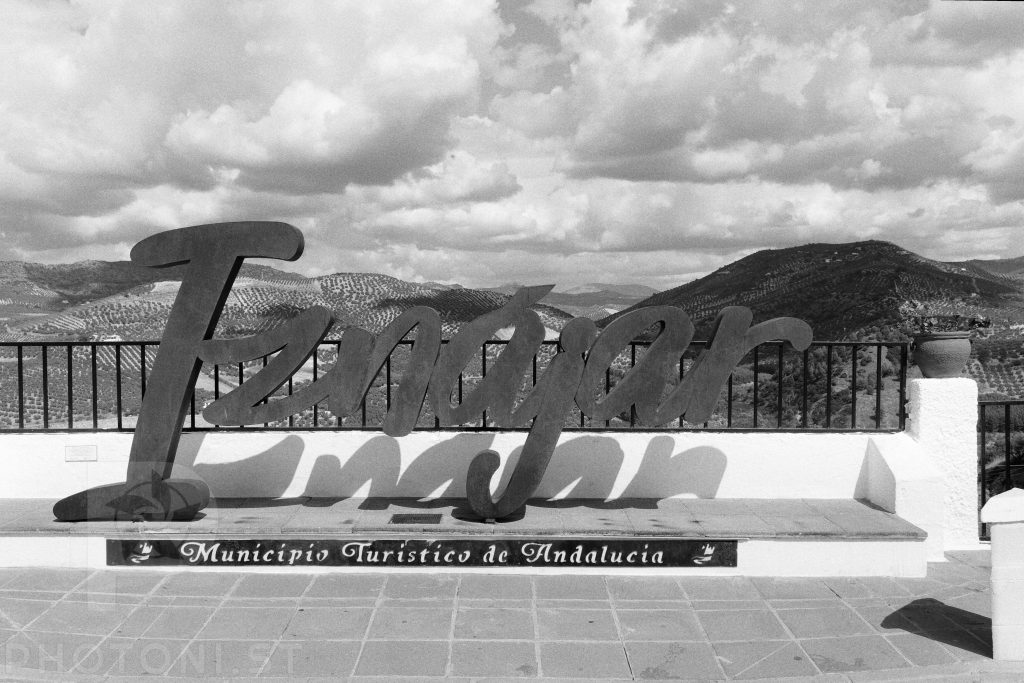
Not too many photos today, I used the TLR a bit and I didn’t bring the equipment to process in the field, so these will have to wait. Today we went for a walk in Iznajar, a nearby town.

That’s another Archer reference for you after yesterday’s title. First day of rest in our house. Internet back up (it had been down since April), everything unpacked.
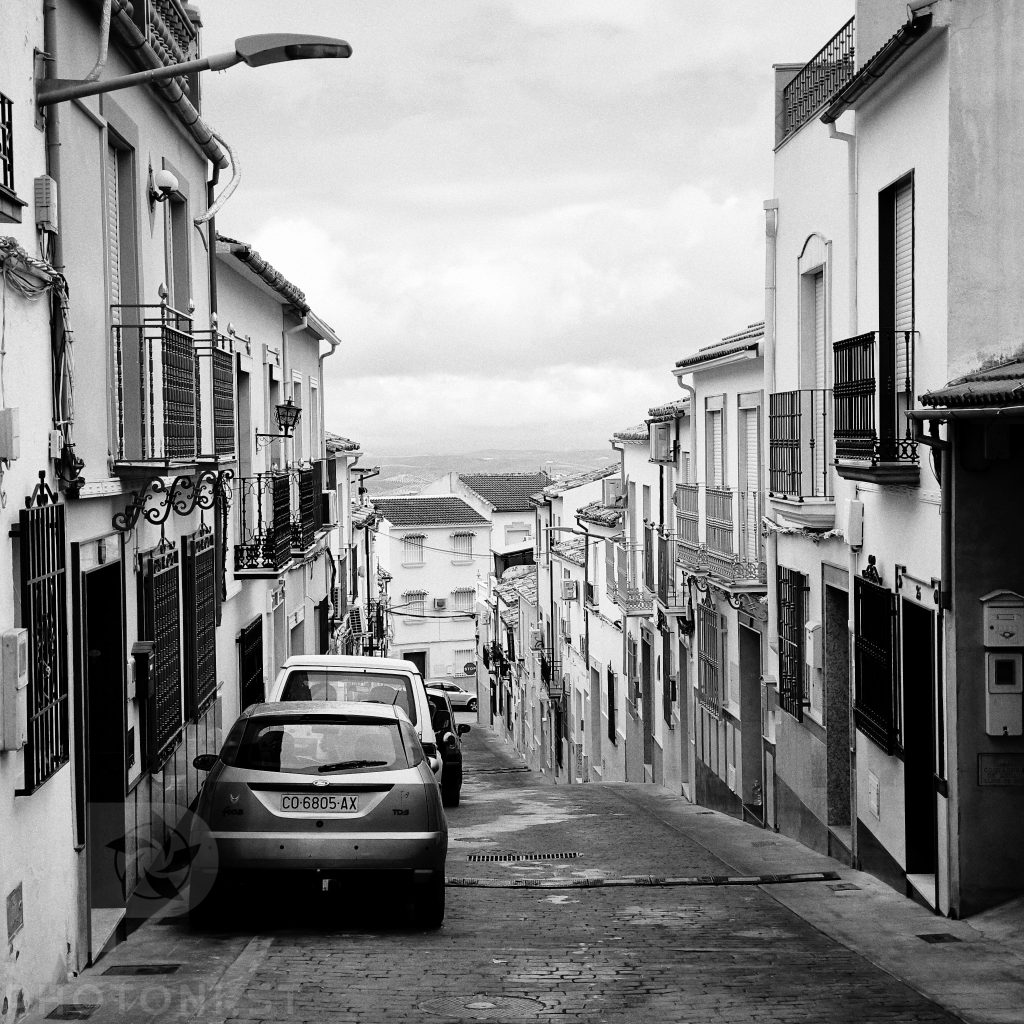
Just landed in Paris, a day’s rest and I’m on my way South to Spain. I’ll try to continue taking daily photos. These aren’t good compositions, they’re just a record.
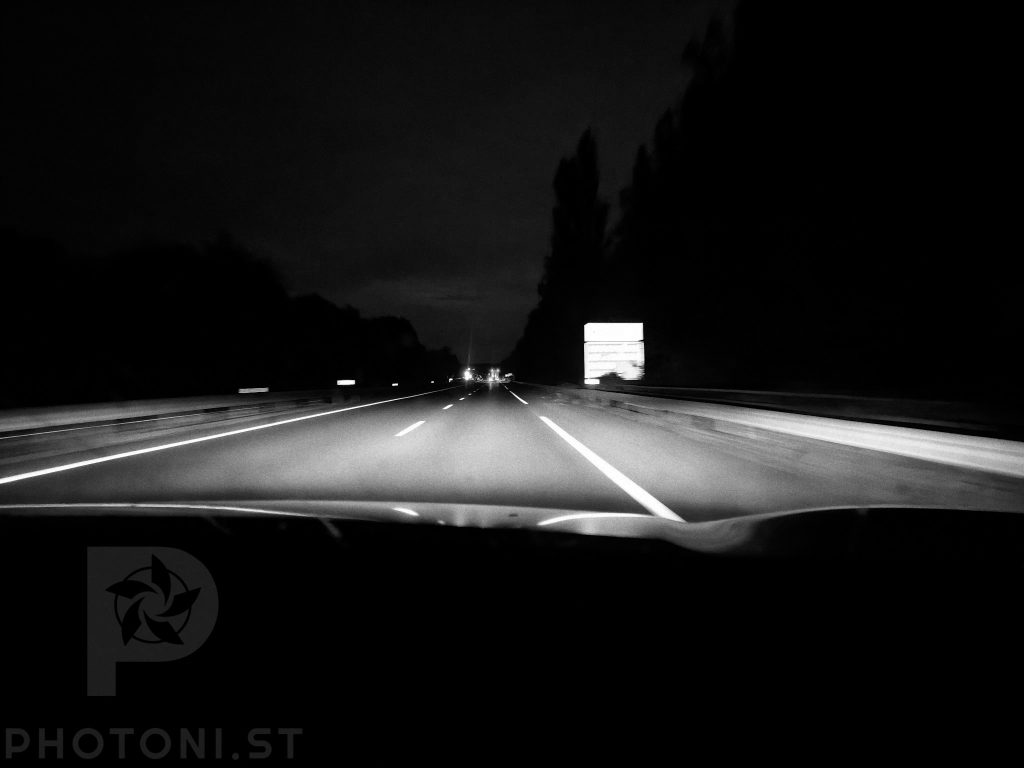
Travel day for me. Unfortunately, my train and plane times don’t match so I have a lot of waiting at the airport. But the time isn’t wasted: I have meetings on the go.

It’s only Thursday, but that’s nearly the end of the week for me.
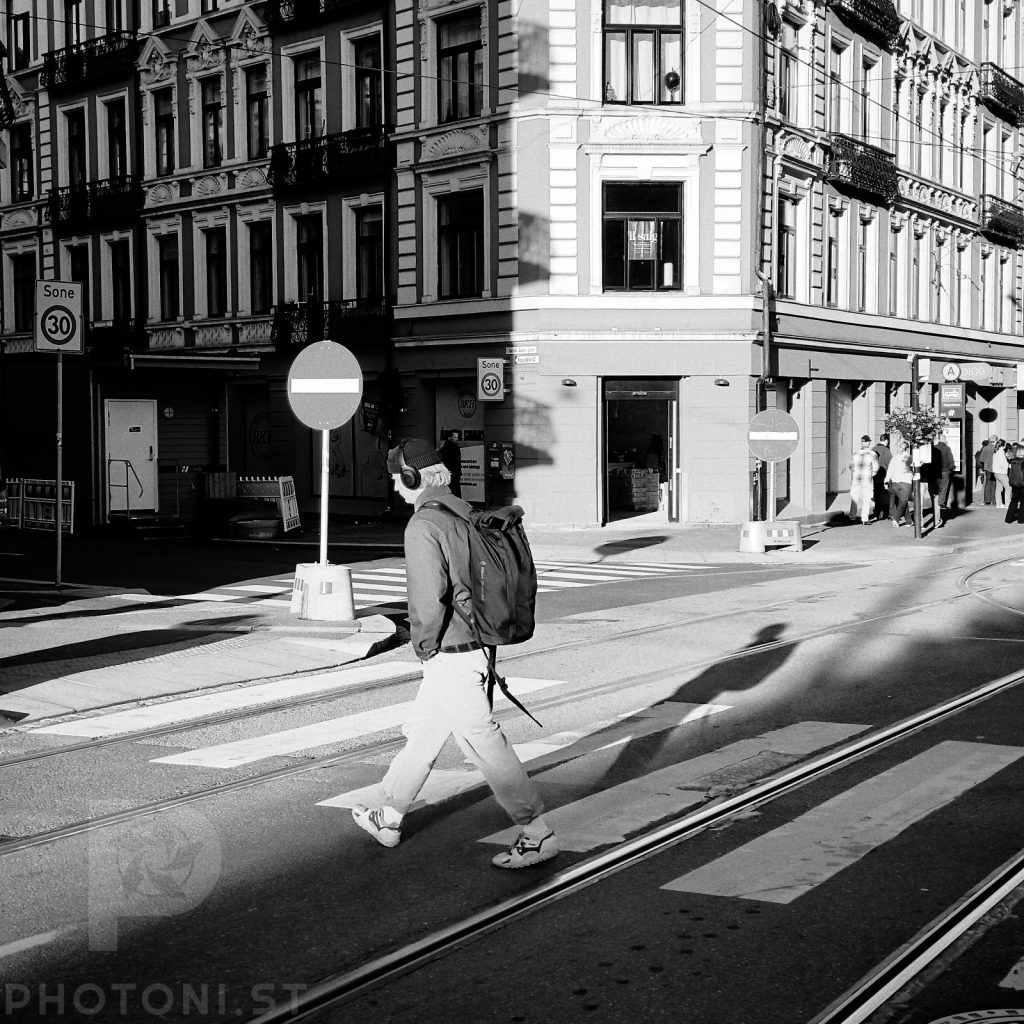
Having no time for much today, I couldn’t go out to take photos until it was too dark. I had to limit myself to taking a few shots on my way back from work.
I liked the scene below near the office because of the symmetry of the 3 posts, the bicycles on the signs on both sides, the cyclist coming into view.
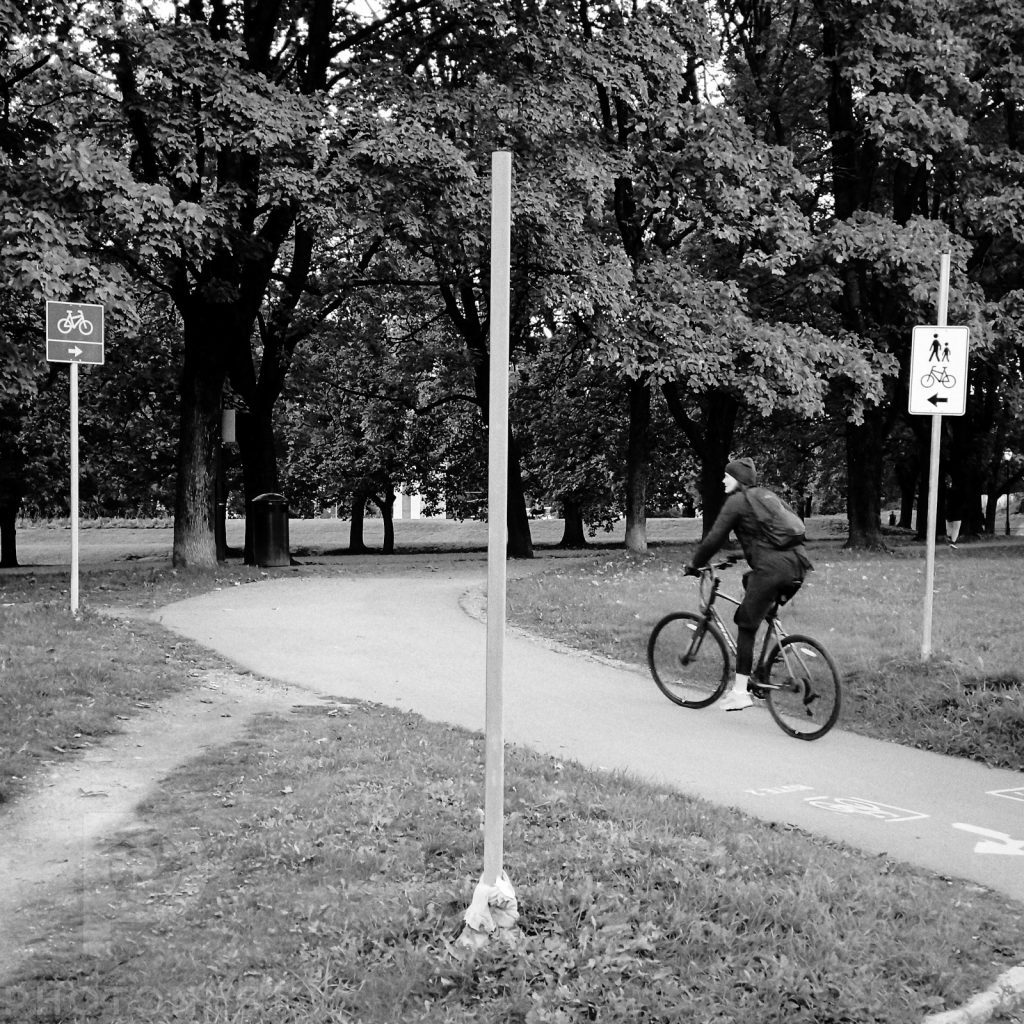
If you’re serious about photography, at some point the question will need to be addressed: should you become a professional?
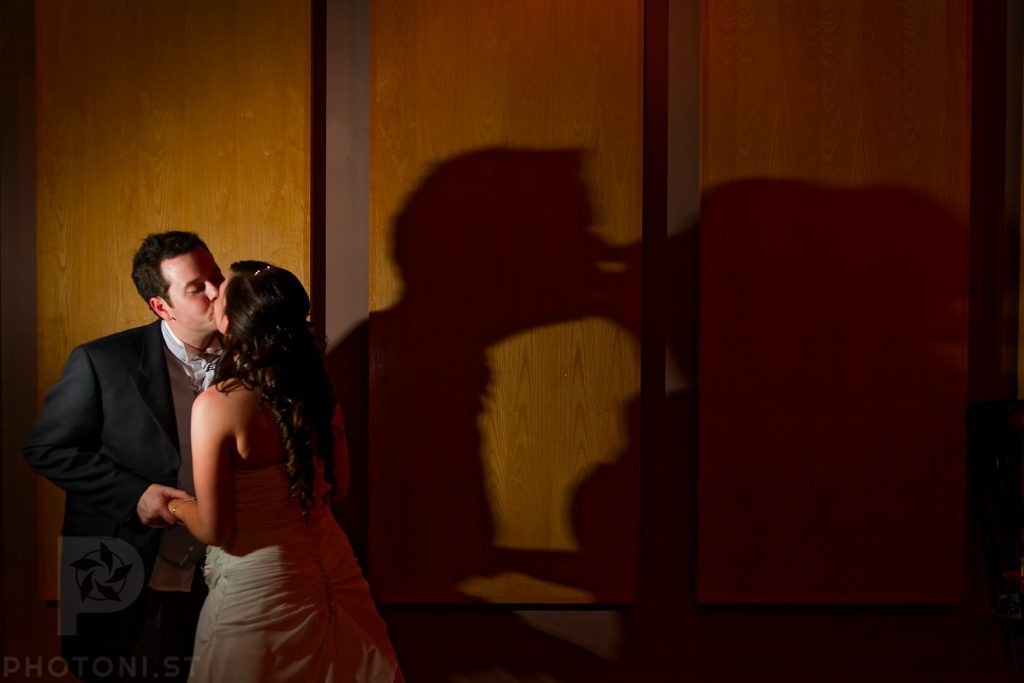
My time is insane every time I come to Oslo. I’ve been running behind in meetings again and it took me all day to manage to finish a 20 minutes job (and that’s after being in the office by 08:30 to try to get some time to do work). I had to wait until tonight to have any time to take photos (even lunch was a work lunch).
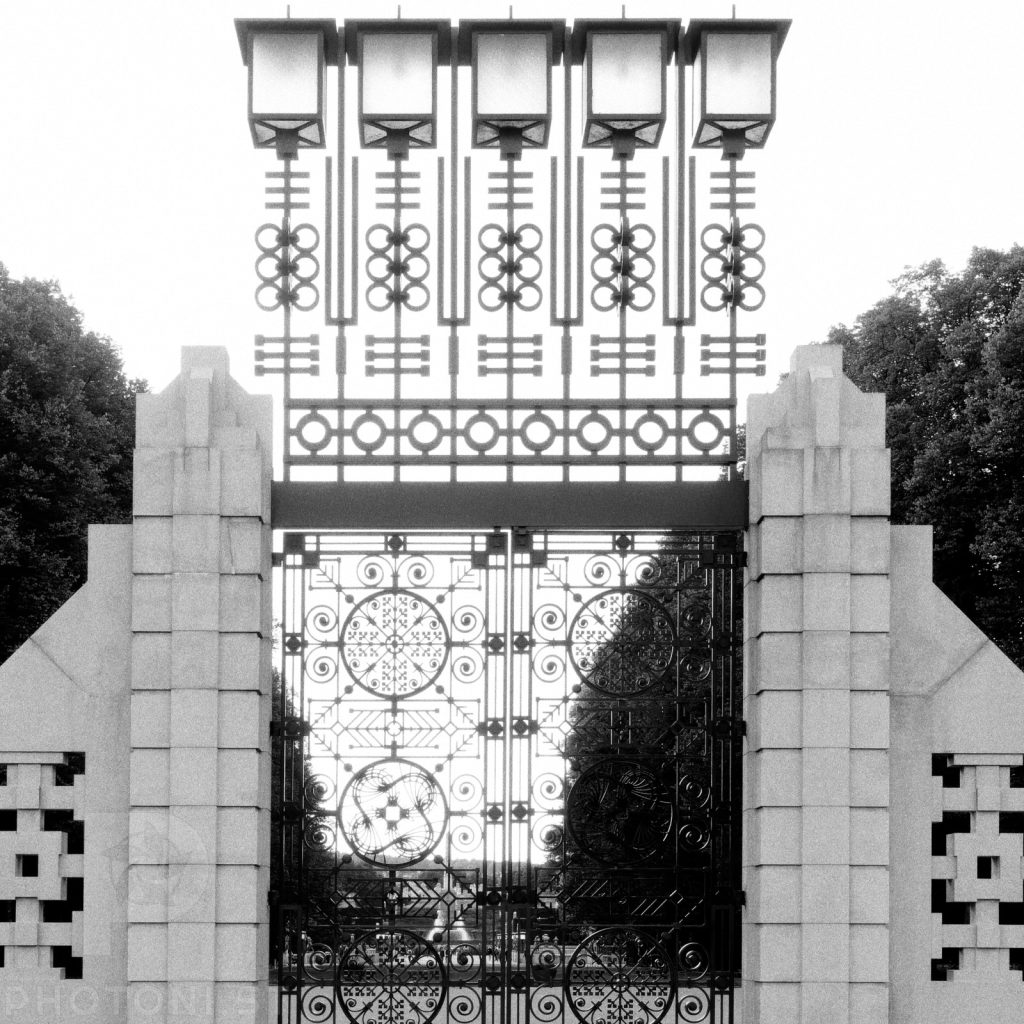
Work having started (that’s why I’m in Oslo after all), things have been seriously hectic today.
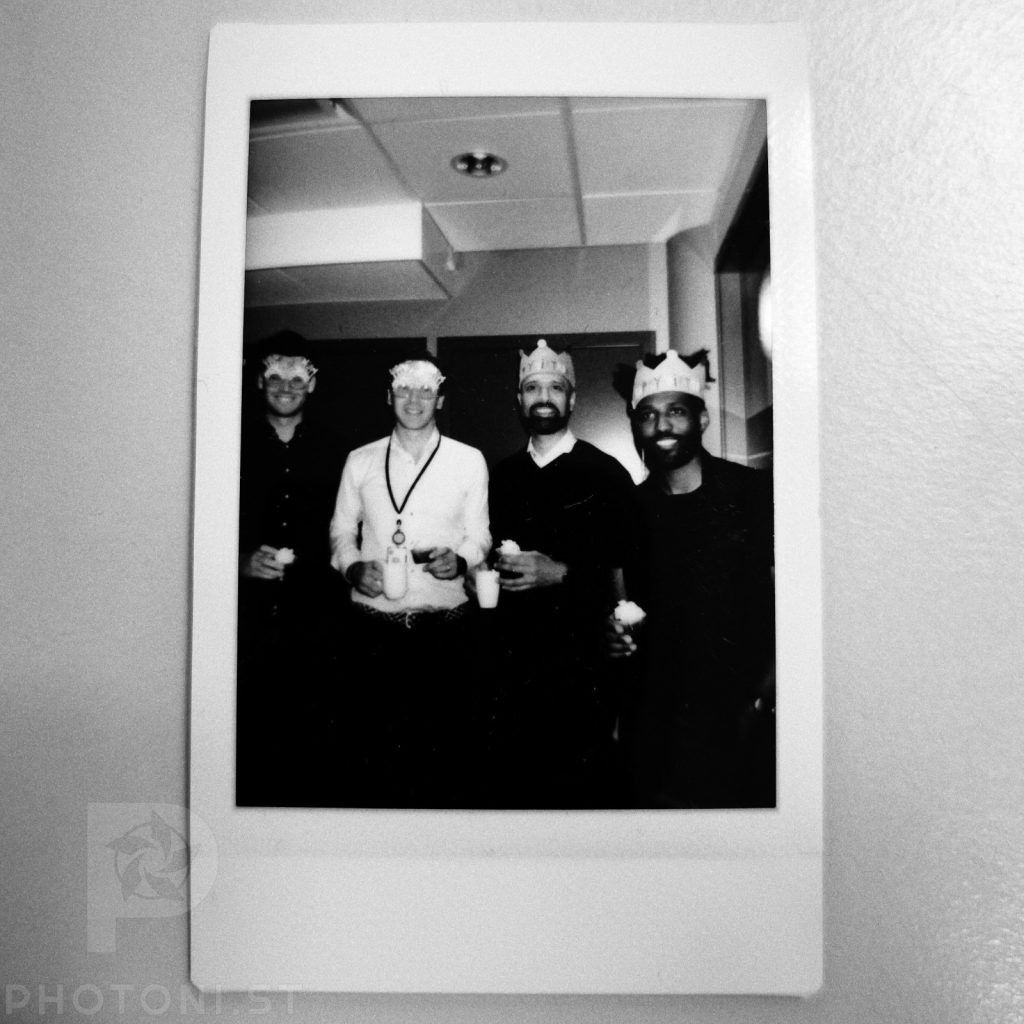
It’s Sunday. It’s still rainy in Oslo. It really feels like I travelled from summer to November in a day.
